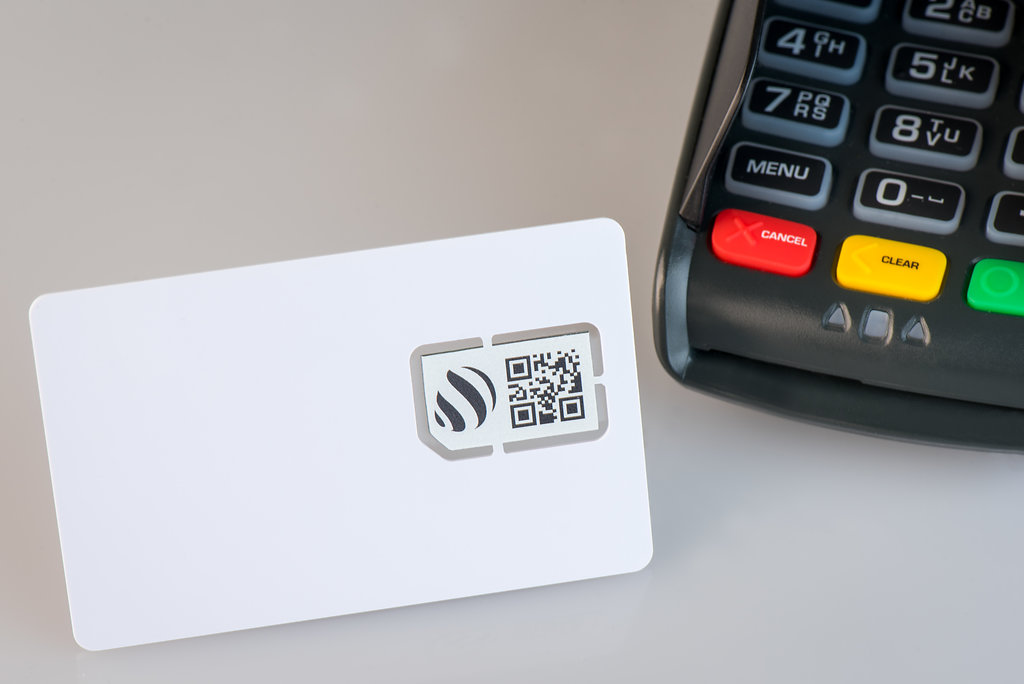The payment landscape is constantly changing. Whether through payment apps, smart credit cards or soon-to-be released technologies, small and medium-sized businesses are faced with the challenge of accepting numerous ways to receive payments without excluding any customers or compromising security. Fortunately, vendor technology is keeping pace with consumer-driven tech. For instance, our BLE 5.0 SIM-sized card, mBeaconSAM, enables mobile payments at POS. Here's what that means for small and medium-sized businesses in particular.
Security
Small and medium-sized businesses are becoming likely targets of hackers because SMBs hold the same kinds of consumer data as larger organizations, yet they are seen as less likely to stave off an attack. Through a combination of factors that include employee security training, security audits and managed cloud services, many SMBs are able to protect customer information. However, when it comes to POS equipment, particularly IoT and IoT-like devices, payment information can become vulnerable to hacks.
The mBeaconSAM is a standard 2FF card form factor that integrates with card reader SAM slots. Its bank-grade encryption meets PCI compliance standards. Equipped with this technology, POS devices have greater security across a variety of payment options, to include smart cards and mobile wallet payments.
Efficiency
Whether your staff is setting up a pop-up event, or roving through your warehouse-style retail location, mBeaconSAM provides hand-held POS devices with the capacity to securely accept a variety of digital payments. This kind of efficiency is extremely relevant as payment options continue to evolve. For instance, smart cards were once considered innovative, recently considered dead on arrival and currently seen as poised for resurgence. None of this should impact your organization's ability to move products and meet customer demands.
Contact us to find our more






















